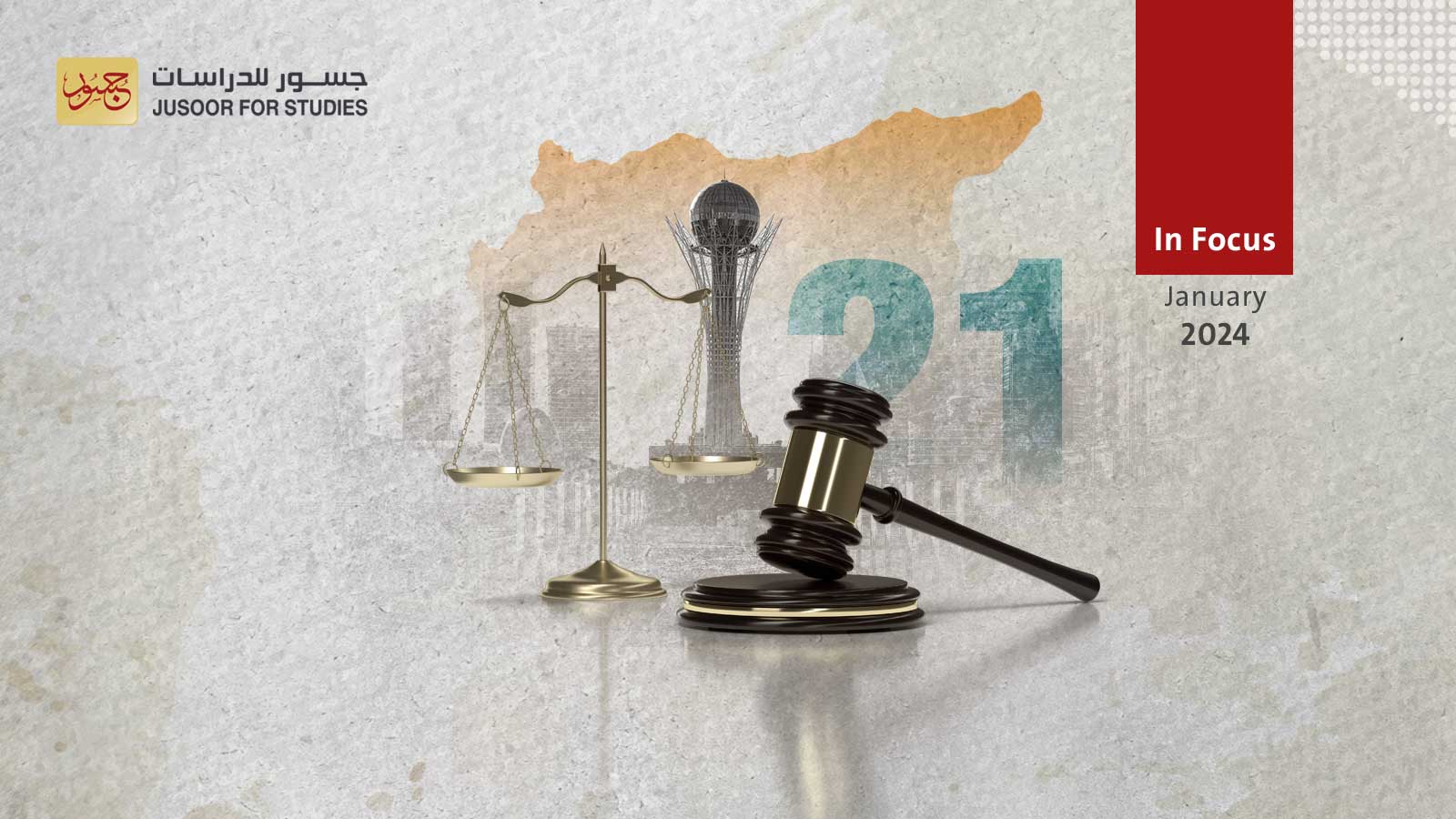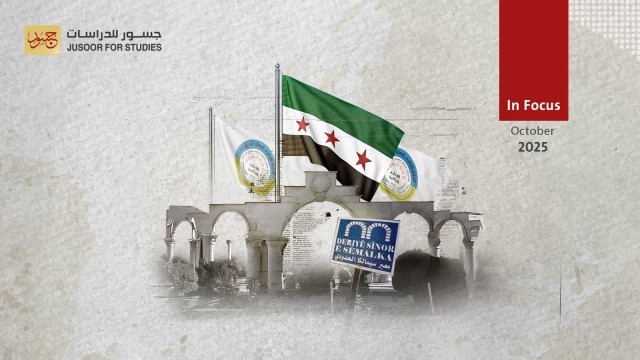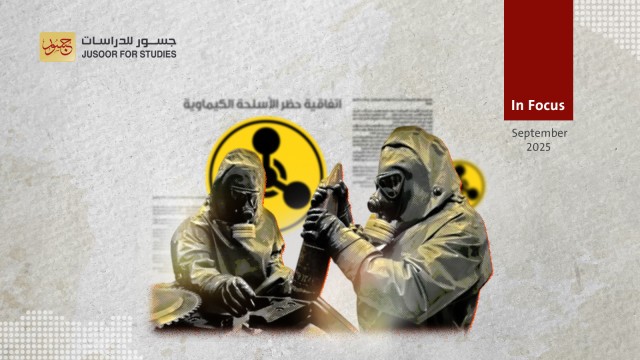Five Reasons why the Astana Talks are Back
The Astana process, which began seven years ago with the ambitious objective of ending the war in Syria and kickstarting political negotiations, appeared to be over when the 20 th round of talks in the Kazakh capital ended in mid-2023. But the framework, led by guarantor countries Russia, Iran and Türkiye, has made a comeback with another session on January 24 and 25. The discussions and the final statement reveal several factors in the current Syrian and regional context for the revival of the Astana track.
The first reason is the fear that the conflict in Gaza could spill over into Syria. Indeed, this was UN envoy Geir Pedersen’s immediate reason for requesting another round of talks. The guarantors of the process stressed the importance of preventing the war from expanding and dragging in other countries in the region.
Secondly, the forum allows the return of the four-way talks between Turkey, Russia, Iran and the Syrian regime, and further efforts to normalize relations between Ankara and Damascus, which had been suspended since the last meeting of deputy foreign ministers on the sidelines of Astana Round 20.
A third factors is the need to maintain calm on the ground in the Idlib de-escalation zone, and to ensure that the situation in northwestern Syria can sustainably normalized, including on the humanitarian level. Indeed, this appears to be a central reason for holding this round of talks. Since early October 2023, the Idlib region has witnessed a level of violence not seen for years, as regime and allied forces retaliated for an attack on the Military College in Homs. The regime has even used phosphorous bombs, for the first time since 2021, prompting Turkish warplanes to overfly Idlib’s airspace and the Turkish army to send military reinforcements, including tanks and artillery units, to observation points in eastern Idlib.
The fourth factor is the northeastern Syrian Autonomous Administration’s publication of its “Social Contract”, which lays out how the enclave is to be governed. This constitution-like document has fueled Türkiye’s fears of an quasi-independent Kurdish-dominated entity on its borders. In response, Ankara has stepped up its attacks on the Kurdistan Workers’ Party (PKK) and the Syrian Democratic Forces. Accordingly, the guarantors of the Astana process - Russia, Türkiye, and Iran – have expressed their renewed stance against “secessionist agendas” and their rejection of initiatives for autonomy in northeastern Syria and of moves that could threaten the national security of neighboring countries.
A fifth reason for reviving the process is to counter efforts to fuel ethnic and sectarian aspirations, described by the Astana statement as “terrorist” and “separatist”. This applies not only to the Kurdish-dominated Northeast, but also to the ongoing protests in Druze-majority Suwayda since mid-August 2023. This section of the statement echoes the interests of Jordan, an observer member in the Astana process despite the tensions between Amman and Damascus. Jordan wants the protest movement in Suwayda to end, for fear that it could lead to a situation similar to that in northeastern Syria which would see the establishment of a canton beyond regime control, constituting a new security burden for Jordan.
In conclusion, the Astana meeting largely left the political and humanitarian agenda for Syria aside, despite the final statement’s emphasis on supporting the Constitutional Committee and continuing and increasing humanitarian aid deliveries. Rather, security issues have dominated this round of Astana discussions, as delegates aimed to maintain regional calm and prevent further escalation of domestic conflicts within Syria. The meeting also aimed to revive the four-way track of negotiations by normalizing relations between Turkey and the regime, providing the three guarantor countries are also able to resume their work together.








